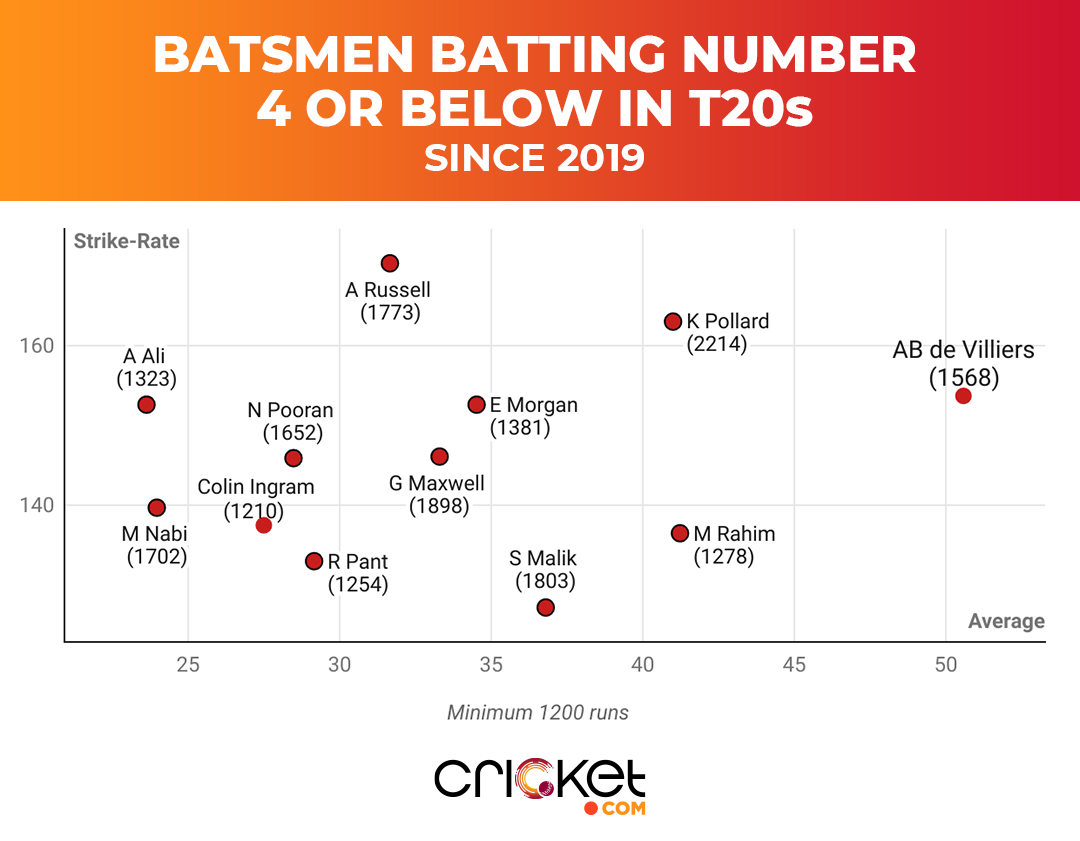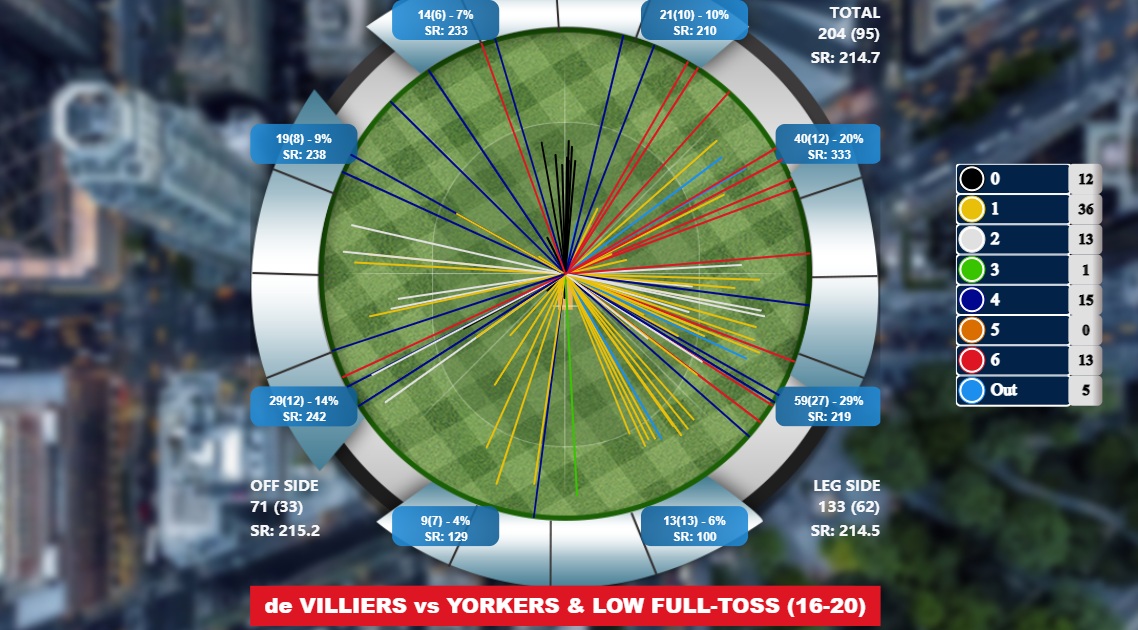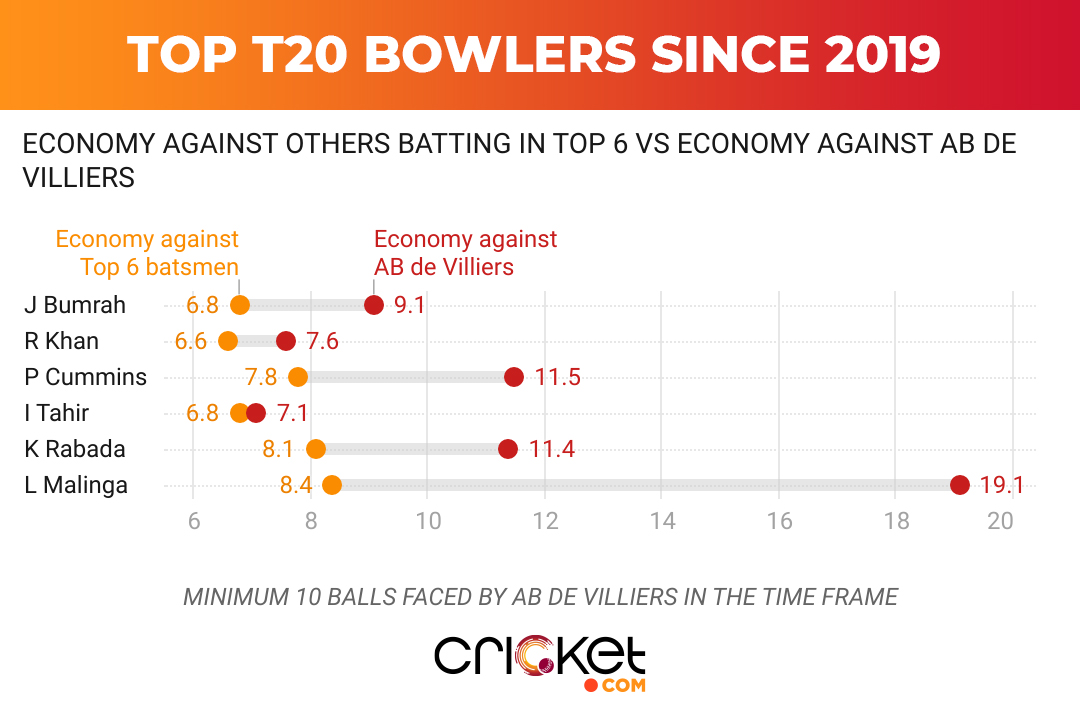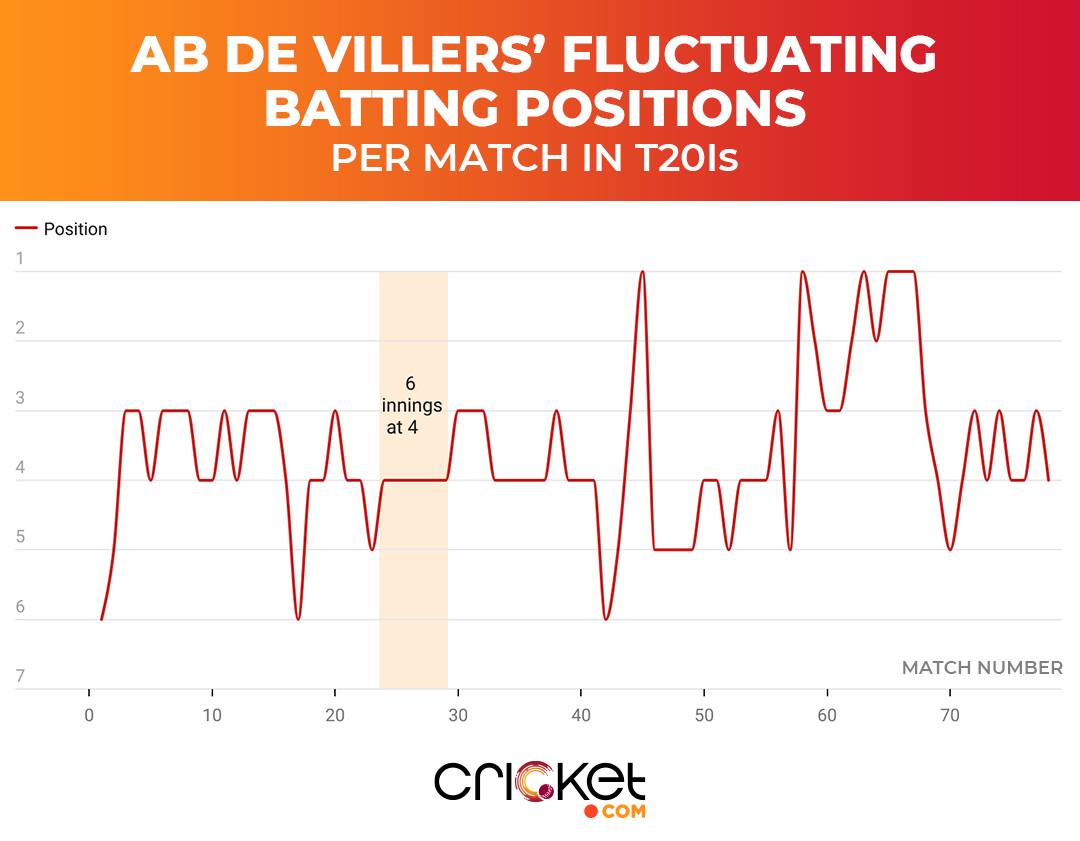 OPINION
OPINIONFlashback to 2015. AB de Villiers has creamed the Mumbai Indians for 133* off 59 deliveries. At the end of the innings, Mumbai’s coach, Ricky Ponting looks back at Jonty Rhodes behind him. He tells him how every shot was played in the gap. “That’s not luck. That is genius”, he concludes.
Six years down the line, and three years after his inopportune retirement, that genius is still intact. De Villiers has showcased that on various instances. Against Kolkata Knight Riders, in Match 28 of IPL 2020, de Villiers scored 73* (off 33 balls) in an effortless manner. He carried Royal Challengers Bangalore to a match-winning score of 194 from 111 in 15 overs.
RCB won seven games that season. De Villiers could be credited for winning three of those with his supreme batting. This year, RCB had five wins until the season suspension, out of which, de Villiers played a high-impact match-winning knock in three of them. This, after he had no cricket between the two IPL editions, for five months.
Going back to Match 28 of IPL 2020, he appeared to be batting on a different track on a slow Sharjah wicket. “Barring one superhuman, every batsman struggled on the pitch. I thought I had a few balls under my belt, and I might start striking. He just came in and struck the third ball, and said he felt good”, said RCB skipper after the game.
On the sluggish Chepauk tracks this year, he averaged 62.5 at a strike-rate of 189.4 in three games. That too while batting in the second half of the innings, where run-scoring was next to impossible.
These numbers have reignited the question if he is still the best T20 batsman in the world. De Villiers faces competition from batsmen like David Warner, Virat Kohli, Jos Buttler, Chris Gayle, Kieron Pollard. However, a more fair comparison can be drawn only after considering the different roles of a T20 batsman.
In a recent podcast with Jarrod Kimber, Brad Hodge said, “The number four position is the most difficult to bat in T20 cricket.” De Villiers has batted 62.5 percent of his T20 innings at number four or below. Since 2019, that percentage has gone slightly up, to 65.2.
Comparing him with batsmen who have scored over 1,200 runs batting at 4 or below since 2019, de Villiers lines up against the likes of Pollard, Eoin Morgan, Glenn Maxwell and a few other elite finishers.

At 50.6, he has the best batting average amongst the lot. His strike-rate (153.5) is the third-best. It is safe to say that de Villiers is the cream of the crop.
At the death, de Villiers has 875 runs since 2019, the third-most despite playing far lesser games than anyone else in the top five.
****
In his autobiography, de Villiers has given a detailed account of his knock when he shattered the record for the fastest ODI hundred. He mentions how he anticipates the bowler on the basis of field settings, the specialities of the bowler and other available information.
You could think this is what other batsmen do as well. They would also comprehend the pre-hand information to premeditate their move. However, what might separate de Villiers from others is how he has three to four shot options for a delivery.
Pollard likes to hit the ball straight. For Russell and Hardik Pandya, mid-wicket becomes the most fancied area. For de Villiers, it is the whole ground, as his nickname, Mr. 360 suggests.
He moves around the crease which enables him to play the same ball on both sides of the wicket, depending on the field setting and the trajectory of the ball. However, that is a technical factor that can still be emulated. What is inimitable is the way de Villiers reacts to the ball.
In an IPL 2017 game against Punjab, de Villiers made room a tad too early for Mohit Sharma to bowl the ball wide. De Villiers, adjusted instantly and was able to loft the ball over covers for a six while falling over his back knee. In the IPL opener this year, he played a wristy upper cut off Jasprit Bumrah to extract 4 runs when the ball was not short enough to pull. There are innumerable examples that showcase his power to react to the ball, which remains unrivalled at the age of 37.
"I usually leave myself with three to four shot options and I pick one when I see the length", explains de Villiers in his book.
De Villiers stays low in his shuffle outside the off stump, keeping himself ready for both short and full pitched deliveries. When it is pitched short, he will stand right up for the pull or cut. When it is anywhere near the block hole, he has the whole ground for his 360-degree abilities. His wagon wheel while facing pace during the death overs since 2019 tells the tale.

This ability has equipped him to tackle one of the all-time great T20 bowlers in Lasith Malinga with utmost dominance. In T20 cricket overall, de Villiers has scored 148 runs off 76 balls from Malinga at the cost of one dismissal, which came way back in 2012. In IPL alone, de Villiers has carved Malinga for 124 runs off 61 deliveries without conceding his wicket. Not just Malinga, de Villiers has been above par against most of the leading bowlers at present.

De Villiers is believed to carry only one chink in his armour, i.e, spinners early on in his innings. Since 2019, he averages 20.6 at a strike-rate of 102 against left-arm orthodox spin in the first 12 balls of his innings. If you get him soon then great, otherwise you are more than likely to pay a heavy price.
****
South Africa have never been a force in T20Is. A prime reason is they have not used their best batting resource in AB de Villiers. Between 2010 and his last T20I - against Bangladesh in October 2017 - de Villiers missed approximately 38 percent of South Africa’s T20Is, most of them owing to rest.
T20Is are akin to the Football circuit where the ‘nation versus nation’ rivalry takes the back seat unless it is in a World Cup. Teams would try their bench strength by resting the main players. Most teams don’t play many T20Is right after a World Cup edition.
To add to that, de Villiers never had a defined role in T20Is. He was moved up and down. The most he batted at any number constantly was at number 4 for six consecutive innings, in 2010. He has switched positions in T20 cricket as well but has mostly batted with a defined role through a season.

All these factors never let de Villiers settle into a rhythm for the T20Is. He played 78 T20Is, scoring at an average of 26.1 and a strike-rate of 135.1 - underwhelming numbers for a player like him.
****
“When you go to a World Cup, you want your best players playing for you”, said South Africa’s coach Mark Boucher when he hinted at a potential comeback for de Villiers’ to international cricket.
De Villiers is the X-factor that South African cricket yearn for. West Indies and England are blessed with such batsmen while India are also reorienting their approach. De Villiers can elevate South Africa’s batting closer to these nations. He is the missing piece in a batting unit that has Quinton de Kock, Faf du Plessis and Rassie van der Dussen.
South Africa have the fourth-lowest win percentage in T20Is since 2019 amongst the 12 Test playing nations - 41.6. Against the big boys in this period - India, England, Australia and Pakistan - they have won only seven out of 21 games.
They now tour West Indies, the incumbent T20 champions who have announced a full-strength provisional squad. The five T20Is will give South Africa a further fair assessment of where they stand without their best players - AB de Villiers (alongside Chris Morris and Imran Tahir).